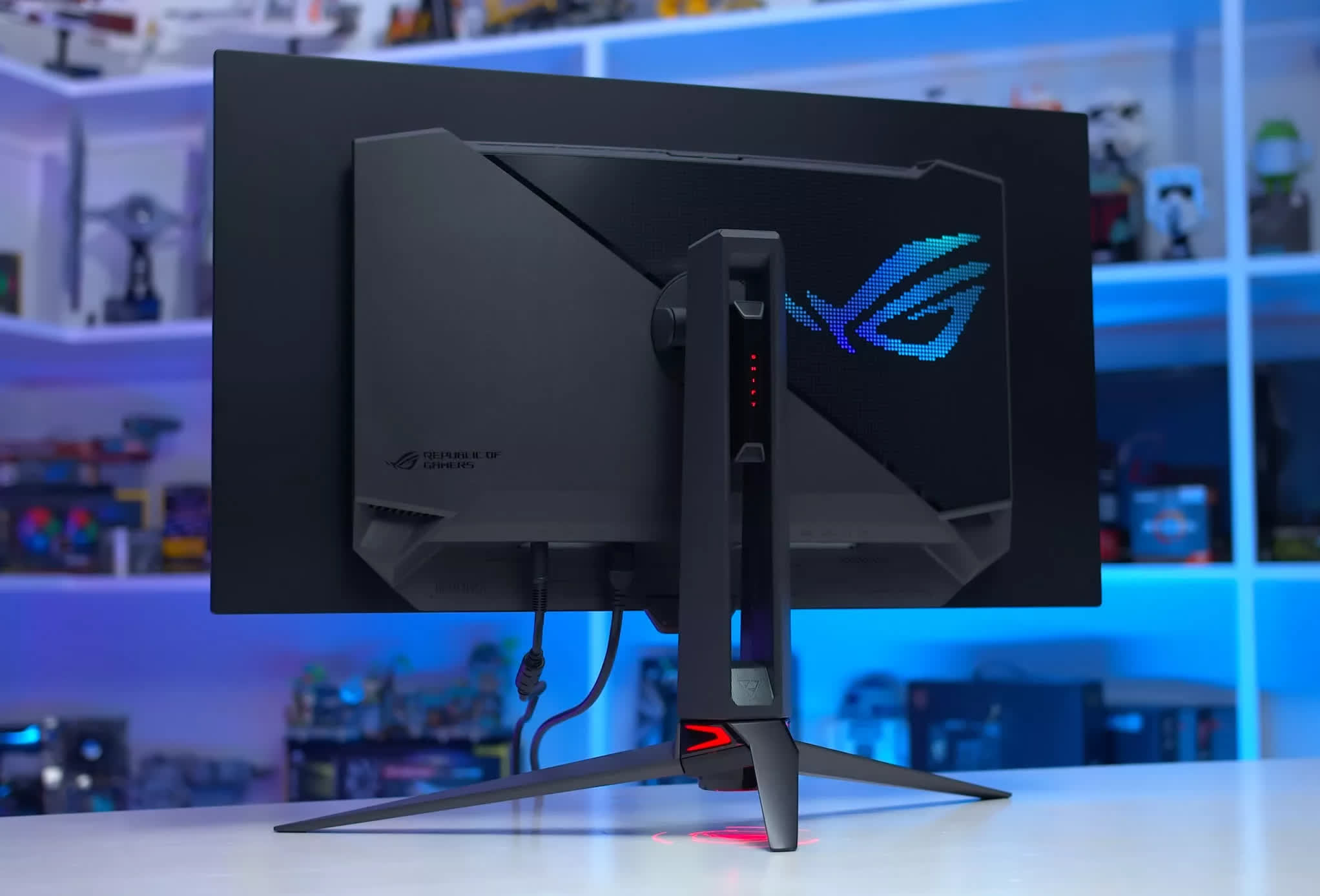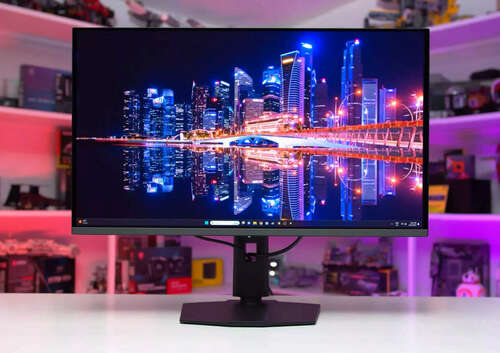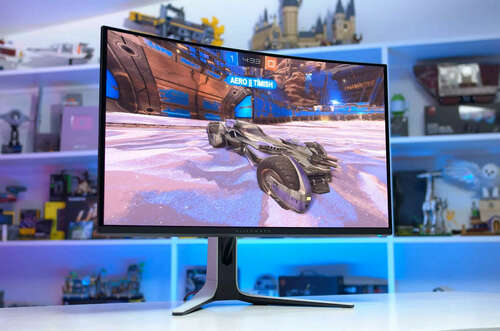If you’re after the best overall 4K gaming monitor on the market right now, look no further than the latest 32-inch 4K 240Hz OLED displays. Two new panels have hit the market this year, featuring WOLED or QD-OLED technology, and depending on what you’re after there are lots of great choices for the best of the best.
We recommend a 4K OLED as the best choice due to two main attributes of OLED panels that significantly enhance the gaming experience. First is their lightning-fast transition times, which result in elite motion clarity compared to an LCD operating at the same refresh rate. Second is individual pixel control, which allows pixels to fully switch off to display deep rich zero level blacks, and it means there’s per pixel local dimming for brilliant HDR control at the pixel level – no backlight zones to worry about.
For most, a 4K QD-OLED monitor is likely the best option, offering – based on our testing – higher real-world HDR brightness, better color volume, slightly improved text quality, and more attractive pricing. The glossy screen coating may present issues in brighter environments, but its clarity is highly desirable, especially for those who prefer it over matte screens and their characteristic coating grain.
The best 4K QD-OLED gaming monitor at the moment is the Asus ROG Swift PG32UCDM. The differences among the models we’ve tested – such as motion clarity, response times, and brightness – are minor, but the performance of this Asus monitor stands out, thanks to its robust feature set.
Notably, the Asus model boasts an exceptional, highly accurate sRGB mode that remains adjustable; outstanding HDR accuracy, including impressive peak brightness; and ELMB black frame insertion for those who wish to use it. The port selection is comprehensive, and Asus has also announced future Dolby Vision support through a firmware update. Priced at $1,300, its premium is justified by its performance.
MSI MPG 321URX 32″
Alternatively, the MSI MPG 321URX is worth considering, especially for those in the United States, where it is available at a significantly lower price of $950. It performs closely to the Asus model but lacks some features. If the additional features of the Asus are not necessary, opting for the MSI model to save $350 is a sensible choice.
However, outside the United States, the MSI model tends to be priced similarly to the Asus model, making the PG32UCDM a more appealing choice.
The Dell Alienware AW3225QF also comes highly recommended, particularly for those preferring a curved screen. It is the only 32-inch 4K 240Hz QD-OLED gaming monitor featuring a curved panel. We generally favor flat panels for their suitability for productivity tasks, which is a potential use case for a 32-inch 4K monitor, leading us to prefer the Asus and MSI models. Nevertheless, Dell’s offering delivers excellent performance, a good set of features, including Dolby Vision support, and an attractive price point of $1,200.
While the 4K 240Hz QD-OLED models are generally the preferred choice for most, particularly those focusing on single-player HDR gaming, 4K WOLED remains a strong contender. For gamers who enjoy fast-paced competitive multiplayer titles, a 4K WOLED like the LG 32GS95UE may be more suitable.
These panels feature a unique “Dual Mode,” allowing them to switch between 4K 240Hz and 1080p 480Hz modes at the press of a button. The 1080p 480Hz mode offers noticeably improved motion clarity and reduced input lag compared to 4K 240Hz modes, making it an optimal choice for titles such as Counter-Strike, Call of Duty, or Apex Legends, if lower resolution is not a concern.
The main reason why we don’t recommend the LG 32GS95UE as strongly as the QD-OLED pack is that it has a higher price tag of $1,400 and LG didn’t calibrate this monitor as well as some of the QD-OLEDs, its brightness isn’t as good, and there aren’t as many features included: no USB-C or Dolby Vision for example. But because of the unique Dual Mode feature, it’s still worth considering for some.




